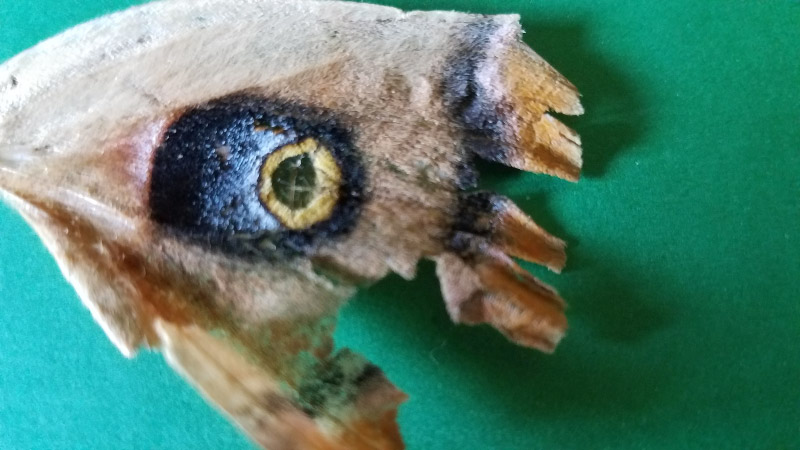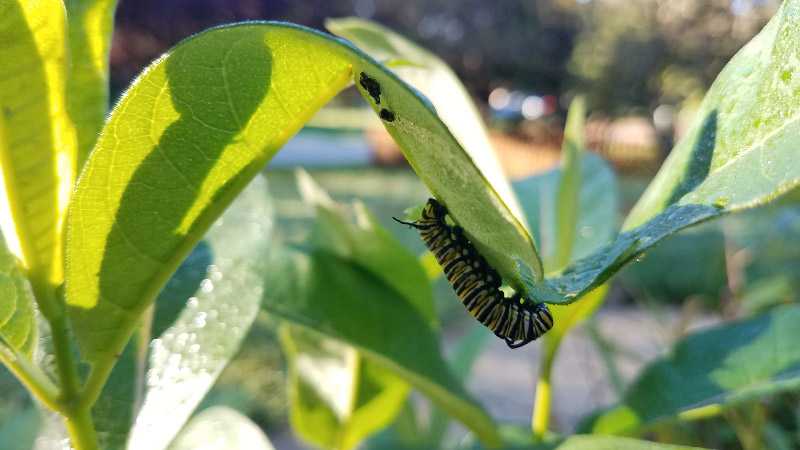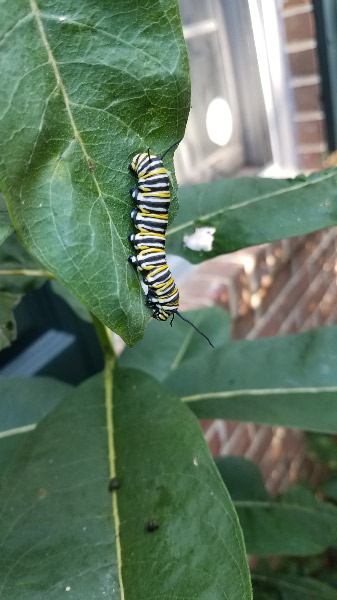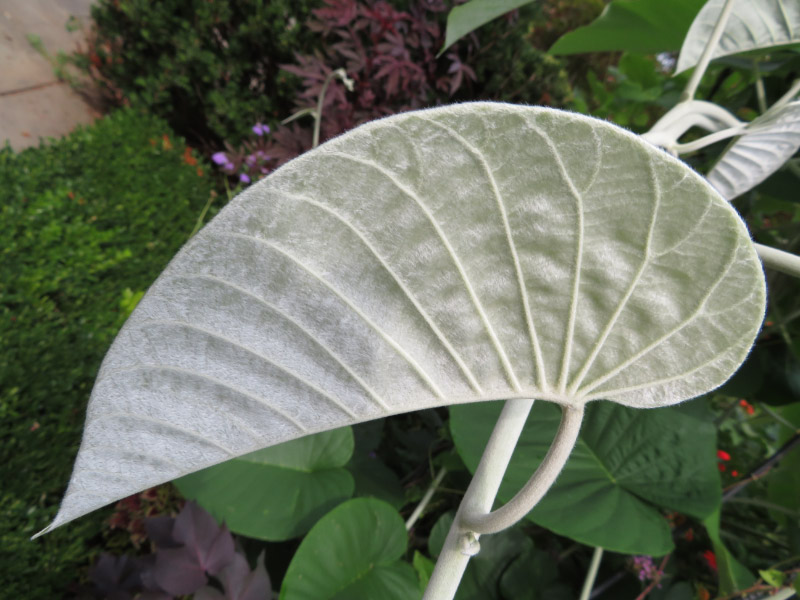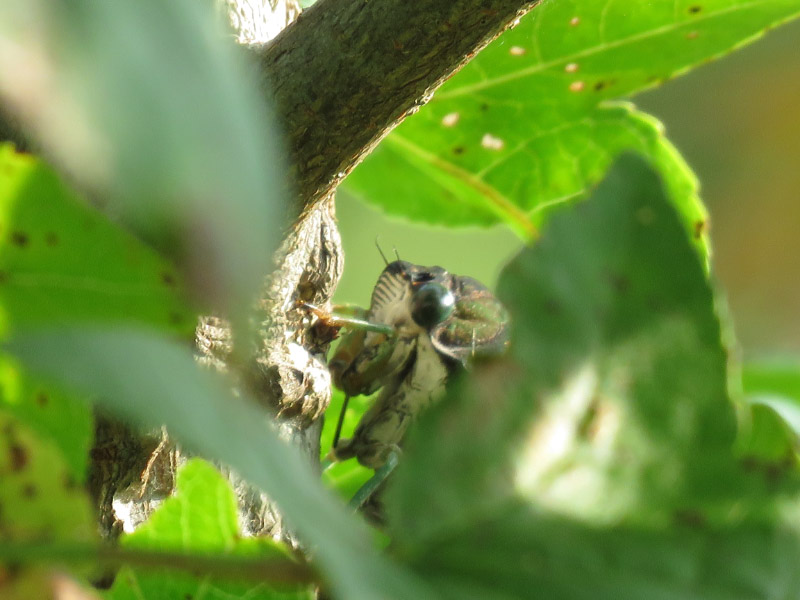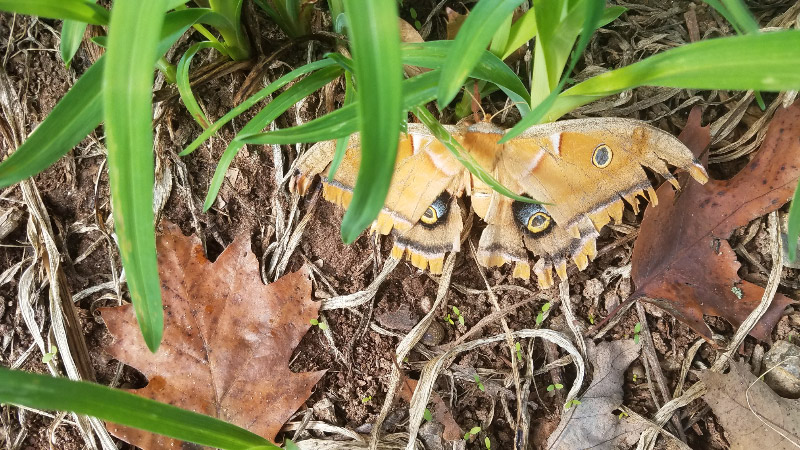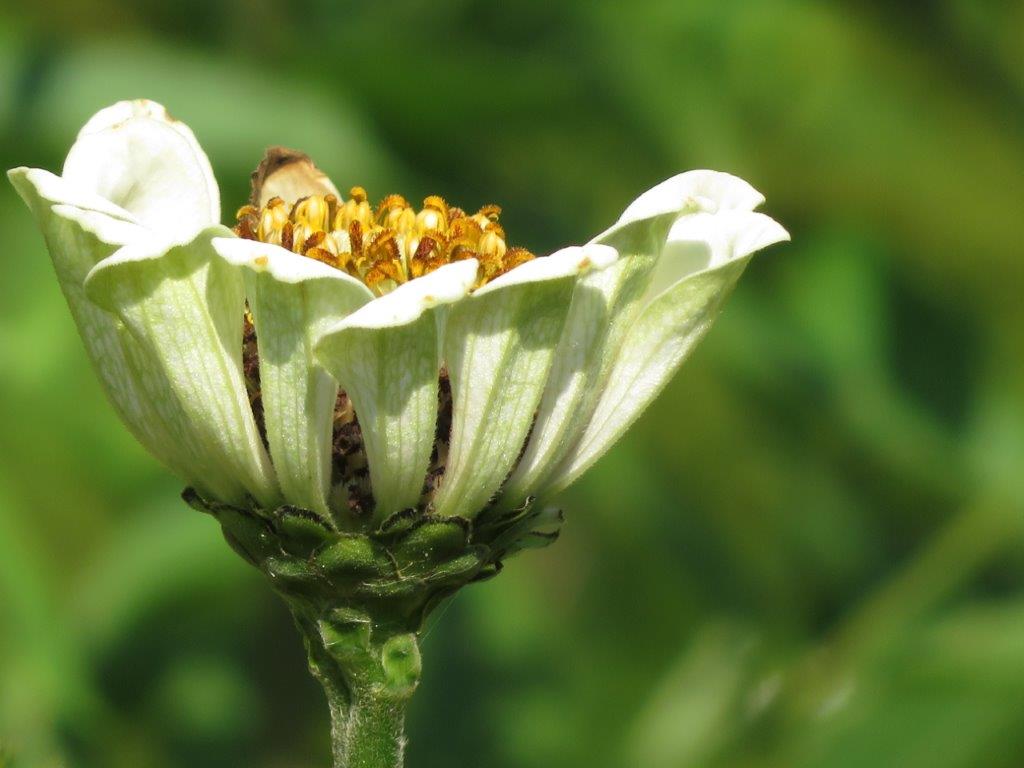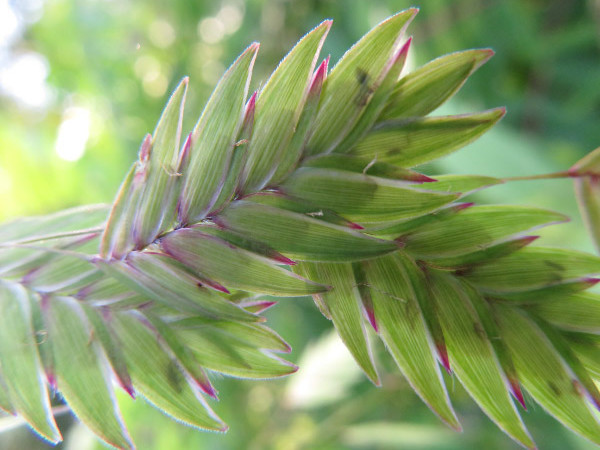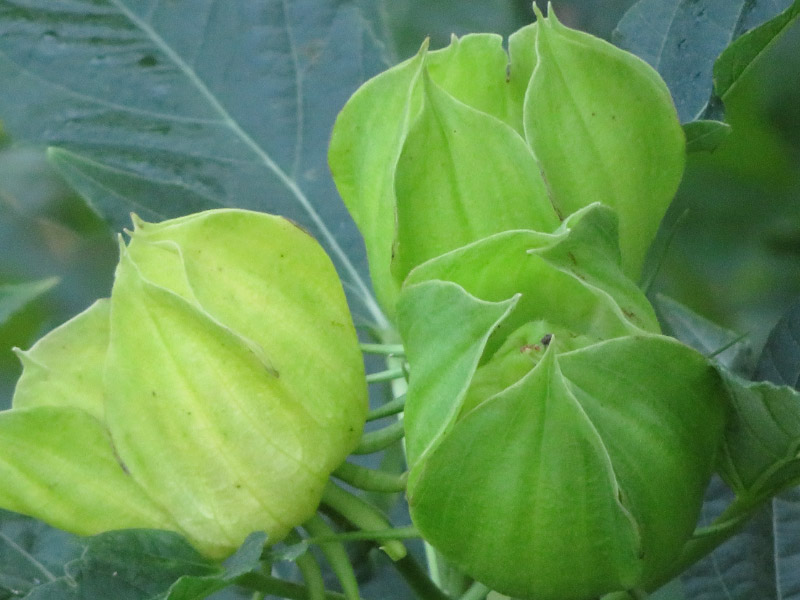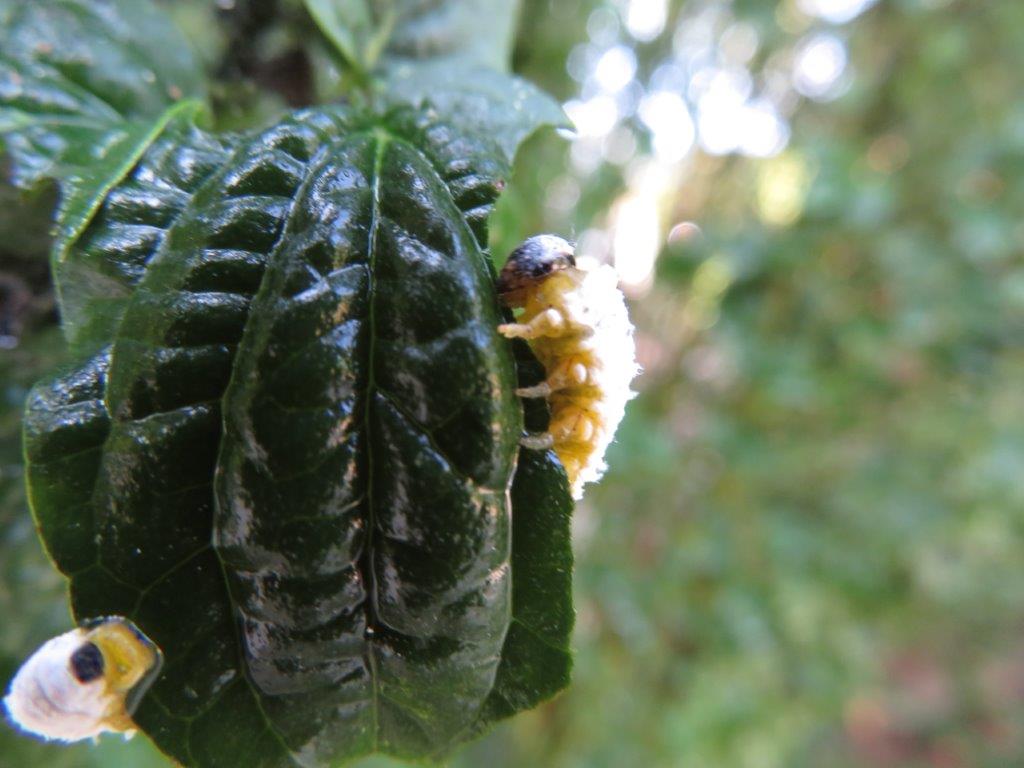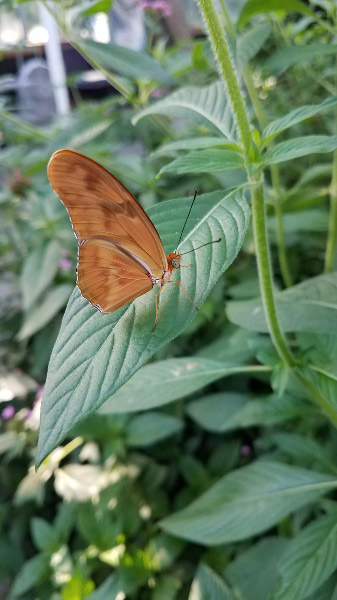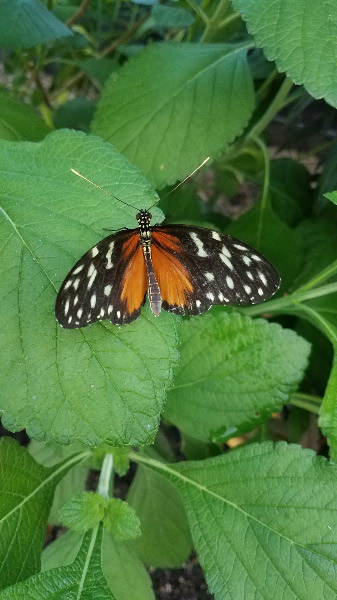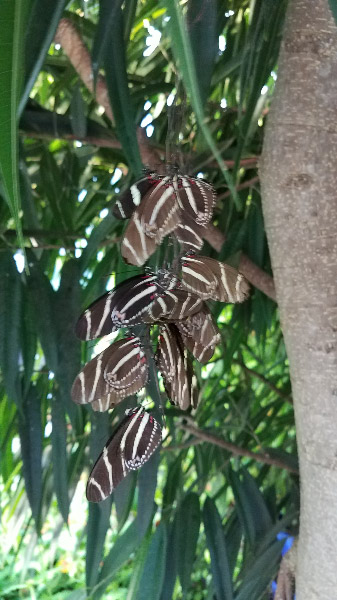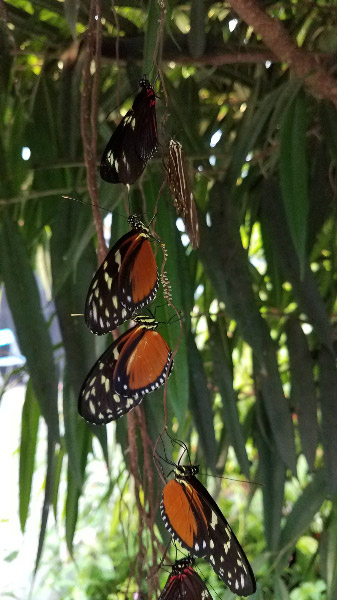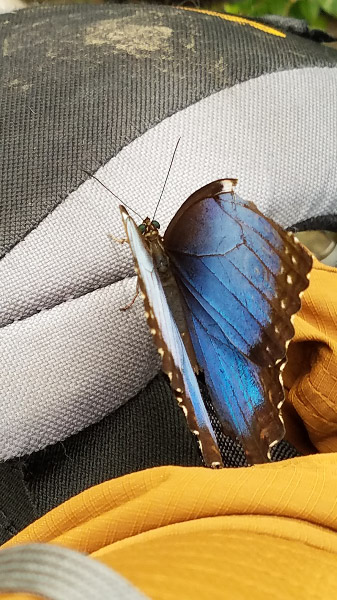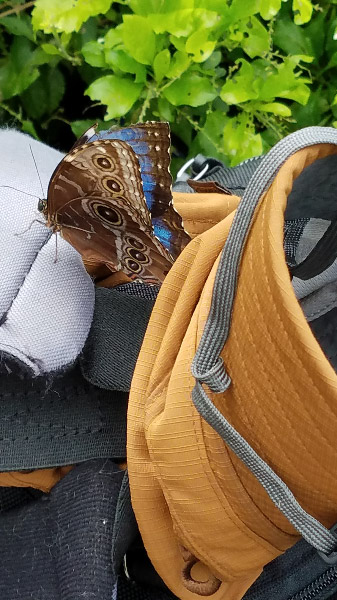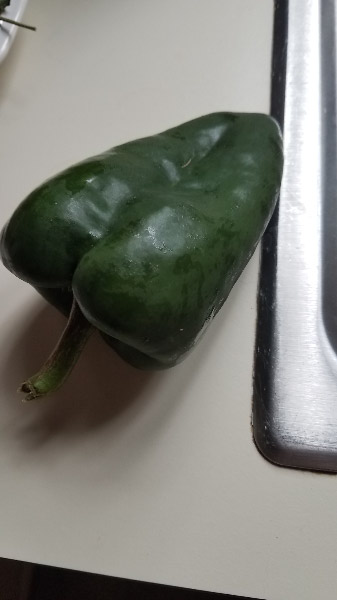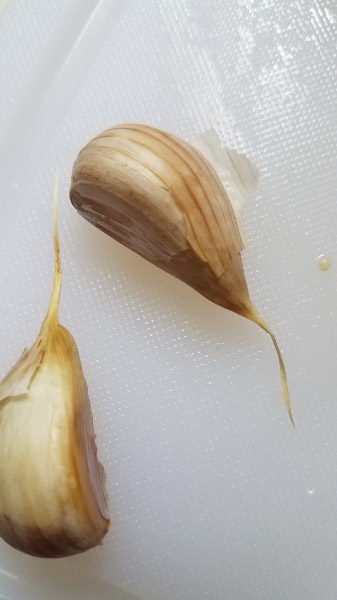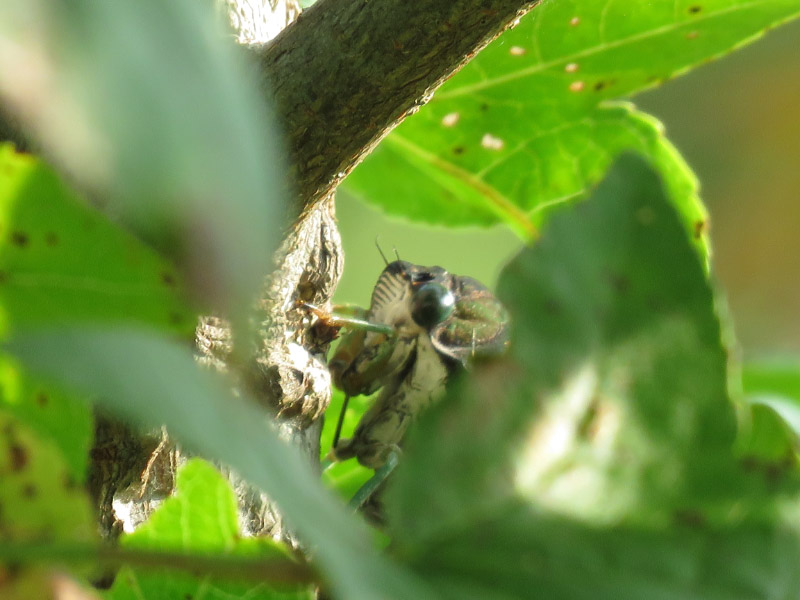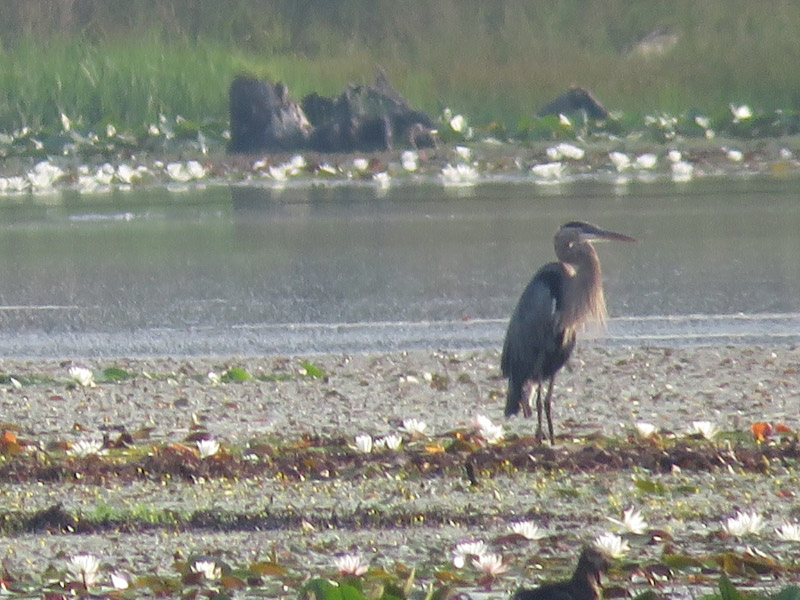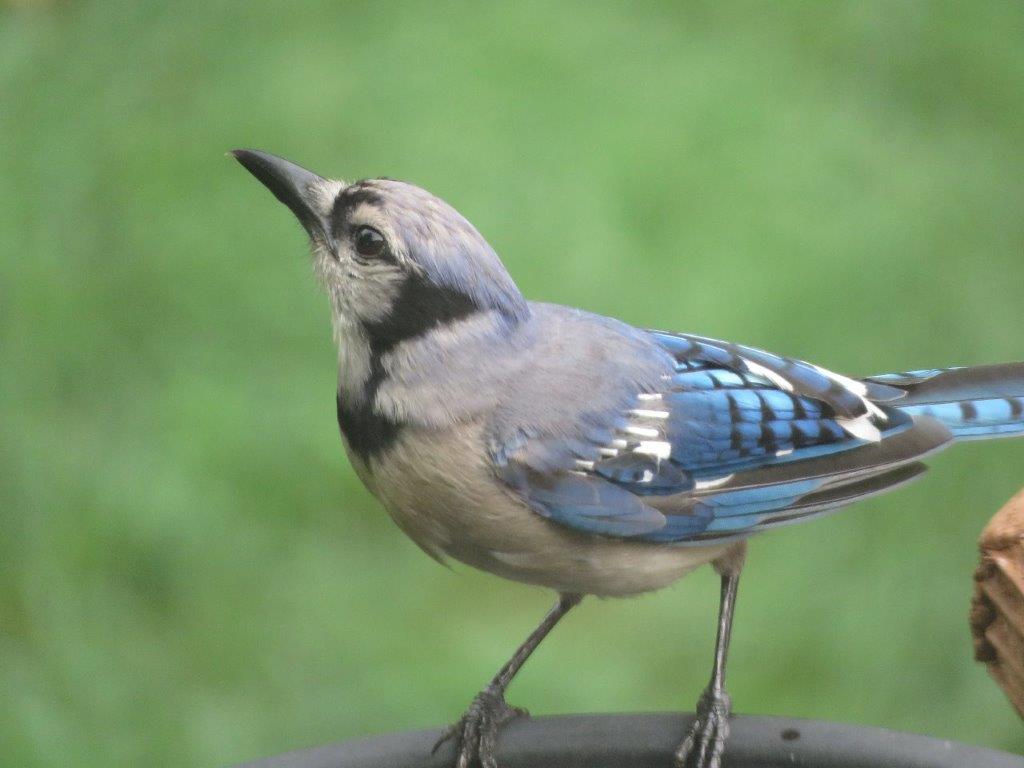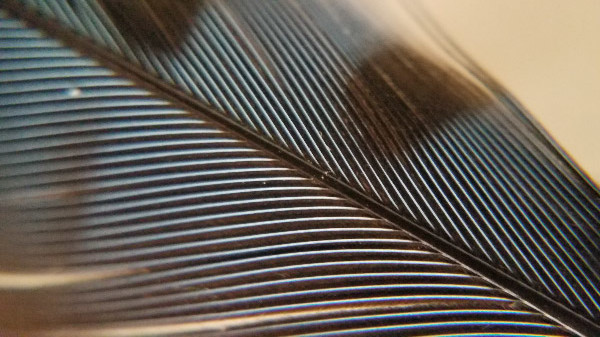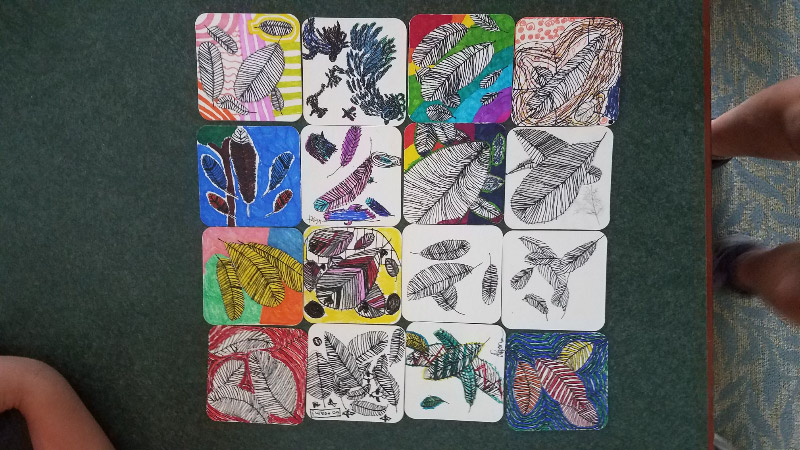Polyphemus Moth - Macro
/I posted about the battered Polyphemus moth shortly after I found it. This past weekend, I spent some time photographing the moth at closer range than I could when it was alive. The hindwing is almost behind the forewing now. It’s easier to see the antennae are somewhat feather-like but not as big as a male’s antennae would be.
Turned over – some of the legs have already broken off. The abdomen is drying. It may be that the moth laid all the eggs she had before her death.
A close-up of the thorax and abdomen reveals scales that look a lot like hair.
The same is true of the wing.
I put the clip-on magnifying lens on my cell phone. The magnification shows scales although they appear to be much narrower that butterfly scales and don’t lay as flat.
I noticed that even though I was trying to be gentle – the antennae had broken off.
With additional magnification, the antennae seem to have joints. They may look somewhat like feathers but not when viewed closely. These are sensory organs.
Since the specimen was battered and had already lost some lower leg parts…and antennae – I decided to take a closer look at a hindwing separately. The wing was already brittle and breaking almost every time I touched it.
I decided to use a jeweler’s loupe rather than the clip.
The ‘eye’ structures on the wing are clear in the center (the green paper underneath the wing shows through). The scales still look hair-like much of the time…not as fitted together as the scales of a butterfly.
I found some pictures of Polyphemus moth scales from a microscopy magazine that look similar at the same magnification I was used…and then includes a more magnified view (figures 4 and 5).










